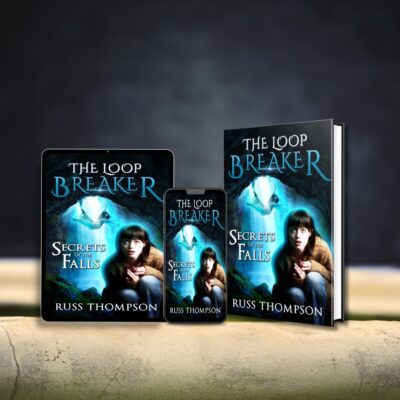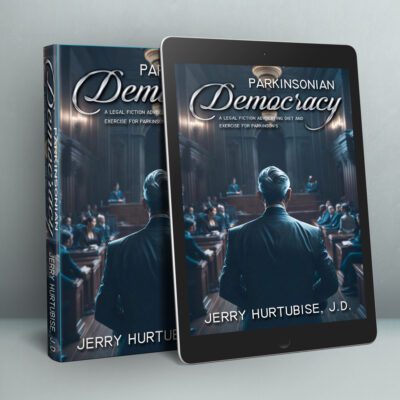There’s a great big beautiful movie coming to theaters next year; one based on a beloved fairy tale that you might have (definitely) already heard about: Walt Disney’s live-action Beauty and the Beast. There are, of course, plenty of other versions of the French La Belle et la Bete, but you’d be hard pressed to find someone who doesn’t immediately defer to the animated classic when reminded of the tale.
As YouTube art critic Nerdwriter1 explains, such a phenomenon isn’t exactly their fault. “For most of us, the authoritative source for fairy tales is Walt Disney — and that’s no accident. Disney set out to claim that authority when he made films like Snow White, Cinderella, or Sleeping Beauty by adapting folktales in the public domain and copyrighting the adaptations.”
In fact, it was the success of Disney’s live-action Maleficent back in 2014 that helped Disney gain the green light to move “full steam ahead with adaptations that pull from its classic animations.” But we’re thinking that there might be more that these two particular tales have in common than animated beginnings and magic.
If you follow their plot points, you’ll discover that both Sleeping Beauty and Beauty and the Beast are considered Rebirth stories under Christopher Booker’s classification of “The Seven Basic Plots.” Writer Glen C. Strathy that such a plot will “show a hero (often a heroine) who is trapped in a living death by a dark power or villain until she is freed by another character’s loving act.” For Sleeping Beauty, the princess is freed by true love’s kiss by her prince. For Beast, he’s freed by Belle’s declaration of true love.
Following our previous posts on Booker’s plots, we’re going to cover the Rebirth in detail for writers hoping to utilize it.
Rebirth
1. The Threat
This plot immediately sets itself apart as a story that works to immerse the reader long before they’ve made it through the first chapter. While a Tragedy or Voyage and Return is still spinning its wheels to deliver pages of helpful backstory, Rebirth will have your reader hitting the ground running as you pelt them with action, action, and more action.
For example, Sleeping Beauty refuses to pull any punches by beginning with a royal coronation that quickly ends in a death curse being flung at the kingdom’s only heir. And let’s not forget how the original Beauty and the Beasti set up with an accidental pluck of a rose that leads to Belle’s father promising the beast his daughter (the youngest, depending on the version) in order to escape punishment. Of course, the Disney version begins by highlighting the Beast’s own curse. Either threat works for the plot line, to be honest.
2. Hope
Unless you’re trying to write a thriller, you can’t have the hero constantly worrying about the curse (literal or not) hanging over their head. Remember, they’re human, and giving them brief moments of sanity to think about other things will help your reader connect with them.
In Sleeping Beauty, the princess simply grows up not knowing about the death curse due to hit on her sixteenth birthday. For Sleeping Beauty, Belle’s appearance into the beast’s life causes him to stop fretting over the rose for a while and look forward to the day. In that same token, the passing days allow Belle a chance to relax and stop worrying that he’s going to try to slash his claws across her throat when she’s not looking.
3. Outmatched and Overwhelmed
This is the scene your reader has been waiting for. Sure enough, the original threat has come back in full force, and your hero is about to pay the ultimate price for it. For the naive Sleeping Beauty, this was the return of the shunned fairy and the prick of a spinning wheel.
This is also where Beauty and the Beast reveals just who the real protagonist is, and who the secondary love interest fated to free the hero with their loving act. While Belle manages to fully and totally remove all fear that the beast will kill her, the beast himself is still trudging up to his room to stare helplessly at the wilting rose every night. Finally, when Belle leaves and he sees that only a few petals are left, he gives up and resigns himself to his fate. Belle, on the other hand, does not experience such a threat closing in.
4. Rescue
Now that your hero has completely and utterly failed, it’s time to bring in some backup to save the day. For Sleeping Beauty, that means the appearance of her prince so that she can awaken with a kiss of true love and a swish of his cape. In Beauty and the Beast, Belle returns to the beast and weeps over him, declaring her love and finally breaking the curse that he’d been about to perish under.
The Rebirth plot marks the seventh that Booker’s wrote about, but if your own plot doesn’t exactly line up with any of them, don’t worry. Booker also cited two additional plots that he cited as inferior, but cited nonetheless:
- Mystery
- Rebellion Against ‘The One’
Even so, these two plots have the ability to tie into the Rebirth quite well.
Mystery
The Mystery concerns everything that you’d think it would: a crime is committed, a detective is called, and the reader falls in line to follow behind them until the case is closed and the story is done. Booker himself dislikes this plot because of the detective — the hero — is technically a stranger to those involved in the crime and, therefore, not heavily invested in the tragedy.
An author can easily overcome this shortcoming by making the story not about the mystery, but more about the detective himself. As Raymond Chandler puts it, “The hero of the mystery story is the detective. Everything hangs on his personality. If he hasn’t one, you have very little. And you have very few really good mystery stories. Naturally.”
In short:
- The Threat: Crime is committed, detective is called
- Hope: Evidence all points one way, arrests are made
- Outmatched and Overwhelmed: Evidence thrown out, judge bribed, etc.
- Rescue: Detective saves the day another way
Rebellion Against “The One”
As Glen C. Strathy explained, “In some versions, the One is portrayed as benevolent, as in the story of Job, while in others the reader is left convinced it is malevolent, as in 1984 or Brazil. These darker versions seem to be what make Booker less than keen on this basic plot.”
In other words, it seems that Booker dislikes the idea of an evil dictator or leader; that the concept is not realistic. An odd idea, since his take on Overcoming the Monster is strikingly similar to such an unbelievable plot. As for the Rebirth, consider it like this:
- The Threat: “The One” has given an order that will hurt the hero/hero’s loved ones
- Hope: Escape or the means to defeat “The One” is close at hand
- Outmatched and Overwhelmed: “The One” has regained the upper hand (called “The One” for a reason)
- Rescue: The hero saves the day with use of better weapon or better reasoning
There you have it! Hopefully one of these plots will help you keep your own story from getting bogged down with unnecessary sub-plots and heavy info-dumps.
Until next time, and happy writing!







